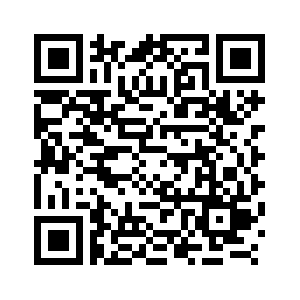JERUSALEM, Oct. 20 (Xinhua) -- Israeli archaeologists have discovered an ancient charcoal graffiti with the name of the Bernese hero knight Adrian von Bubenberg, dated to the 15th century AD, the Israel Antiquities Authority (IAA) said on Thursday.
The inscription, bearing the knight's name and family heraldic emblem was found on a wall in King David's tomb complex on Mount Zion in western Jerusalem, just outside the walls of the Old City.
The researchers estimated that the inscription was written by von Bubenberg in 1466, the year he made a pilgrimage to Jerusalem.
However, they did not rule out the possibility that it was written later in the century by his son, Adrian II. von Bubenberg who also visited Jerusalem.
Von Bubenberg the father served as the mayor of Bern and became a national hero in 1476, when he led the Swiss Confederate army to a victory over the strong army of Charles the Bold, Duke of Burgundy, in the Battle of Murten, keeping Switzerland's independence.
He died in 1479 and was buried in a place of honor in the Cathedral of Bern. Over the years many streets in Switzerland have been named after him, and his statue is placed in a central square in the Swiss capital.
The graffiti was found on the wall of a monastery adjacent to king David's tomb. The monastery also served as a hostel for the western pilgrims, who left their mark on the walls, the IAA explained.
To decipher the hidden faded graffiti, the archaeologists used advanced technologies, including multispectral photography, the IAA said.
This graffiti is one of 40 ancient inscriptions in different languages and family emblems of medieval knights that were uncovered in the tomb complex as part of a unique IAA project to document inscriptions left by Christian and Muslim pilgrims. ■



